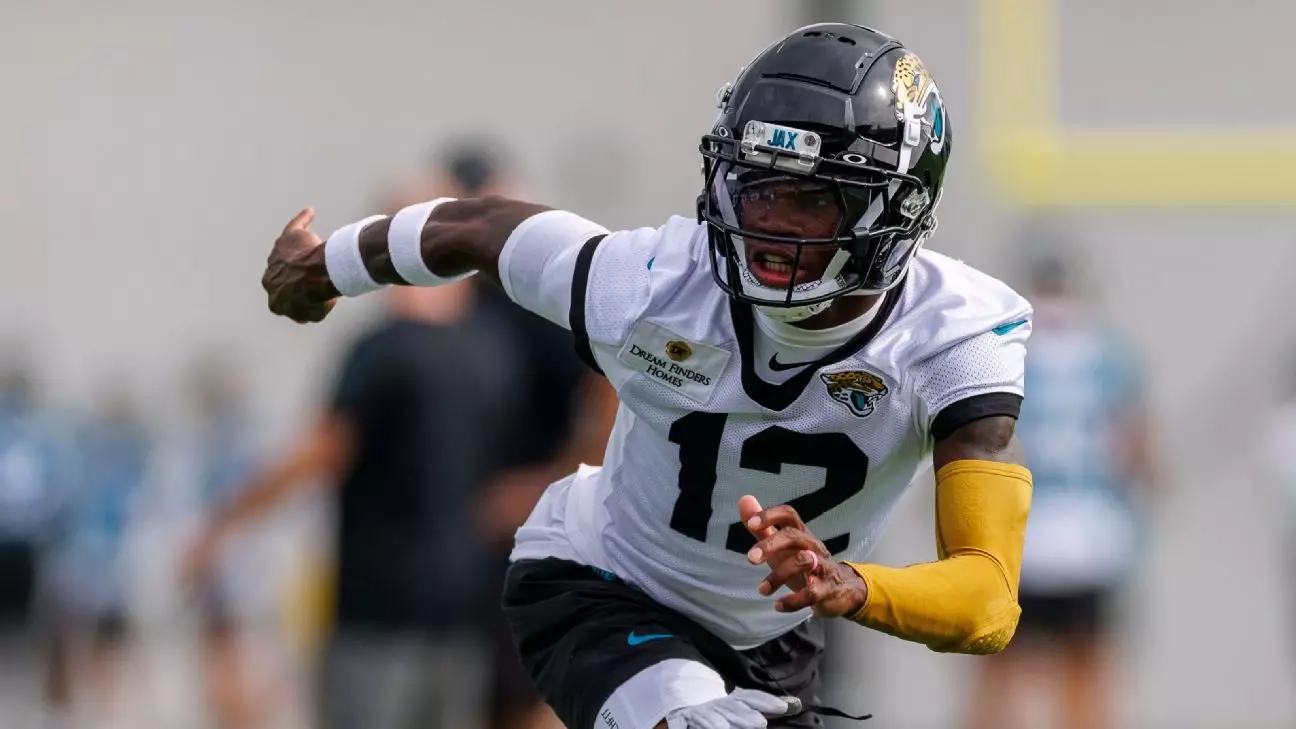The fascination with breaking historical norms often blinds sports organizations to the practical realities of high-level competition. Travis Hunter’s unprecedented journey towards becoming an NFL two-way player echoes an outdated ambition rooted in nostalgia rather than strategic insight. While the idea of reviving a bygone era where one athlete could dominate on both sides of the ball captures the imagination, it inherently disregards the rigorous physical and mental toll such versatility demands. The NFL is unmistakably a specialized battlefield, and expecting a rookie to master both offense and defense within a single season, let alone a training camp, is a misguided pursuit that can jeopardize the athlete’s well-being and long-term career prospects.
The coaching staff’s cautious, incremental approach to Hunter’s dual-role development reveals a tacit acknowledgment of these challenges. By initially focusing on one side of the ball at a time, they recognize the importance of mental acuity and muscle memory—fundamental elements that cannot be rushed. Yet, the prevailing narrative seems to romanticize the difficulty rather than genuinely evaluate whether such an experiment is worth the potential risk. Too often, the allure of uniqueness clouds decision-making, leading organizations to gamble on novelty at the expense of athlete safety and sustained performance.
The Illusion of Versatility as a Strategic Advantage
Efforts to transform players into Swiss Army knives in the NFL stem from a misconception that versatility inherently translates to competitive advantage. However, history suggests otherwise. Even legendary figures such as Chuck Bednarik, the last to perform both roles regularly, did so under markedly different conditions—less specialized training, smaller athlete pools, and a game that was less demanding in terms of physical and mental stamina. Today’s game has evolved into a high-octane sport where precision, conditioning, and specialization are paramount.
Hunter’s case exemplifies this dilemma. The coaching staff asserts that his transition is manageable and that he’s handling the workload well. Still, such claims often mask the underlying concern about burnout and diminishing returns. Athletes stretched thin on multiple fronts risk losing the finely-tuned edge that distinguishes elite competitors from merely good ones. The NFL’s emphasis on specialization—enhanced training, tailored nutrition, and mental conditioning—means that throwing a player into two roles without adequate support is likely to compromise overall performance and health.
Furthermore, the strategic value of multi-position players is exaggerated. While a capable athlete can bring a certain unpredictability and flexibility, the reality is that teams will often need to prioritize one skill set over another to maintain consistency. The cost-benefit analysis favors depth and specialization over the gamble of jack-of-all-trades athletes who may excel in neither role over the long term.
The Broader Implications for Player Development and the Future of Football
The obsession with pushing players into dual roles reflects broader issues within the sport: a relentless drive for innovation and an insatiable appetite for spectacle. These trends contribute to a culture that undervalues athlete health and overlooks the importance of sustainable development. Hunter’s handling of this scenario underscores the importance of respecting natural athlete limits and the virtue of specialized training. His voluntary participation and coach-coordinated phased approach are commendable; however, the underlying narrative encourages a risky mentality—one that prioritizes improbable feats over pragmatic growth.
In a center-leaning liberal perspective—favoring athlete rights, safety, and long-term well-being—it’s vital to scrutinize whether these experiments serve the athlete or merely serve the narrative of the game’s evolution. Pushing players into physically and mentally taxing dual roles without sufficient support risks normalizing burnout, injury, and early decline. The NFL should instead foster environments that emphasize mastery within defined roles, ensuring players can maximize their potential without undue strain.
Moreover, the sport’s future should prioritize innovative strategies that do not compromise the core health of its athletes. Embracing specialization, investing in player welfare, and respecting the natural limits of human performance will ultimately lead to a more sustainable, safer, and rewarding game. If the NFL leans too heavily into spectacle-driven experiments like Hunter’s dual role, it risks undermining its foundational values: protecting its athletes and delivering a high-quality, consistent product for fans.

Leave a Reply